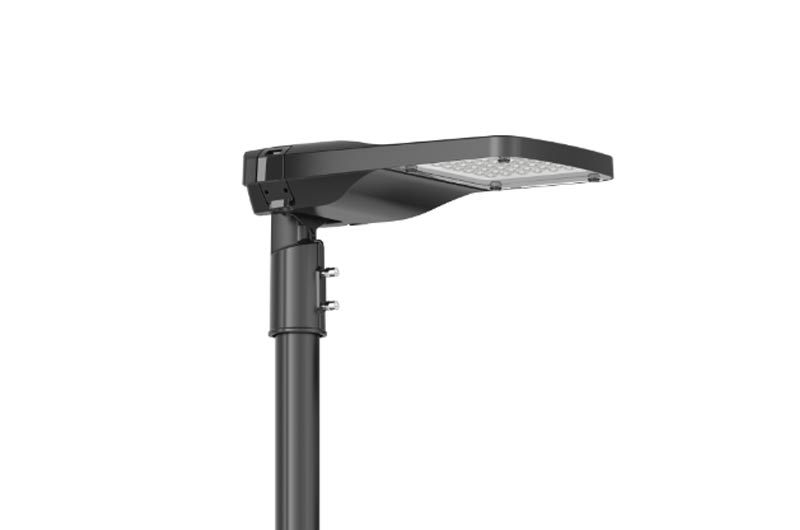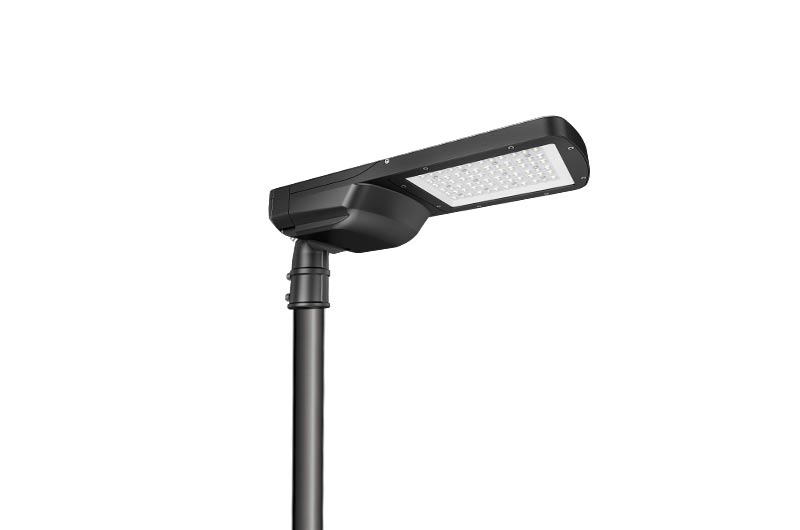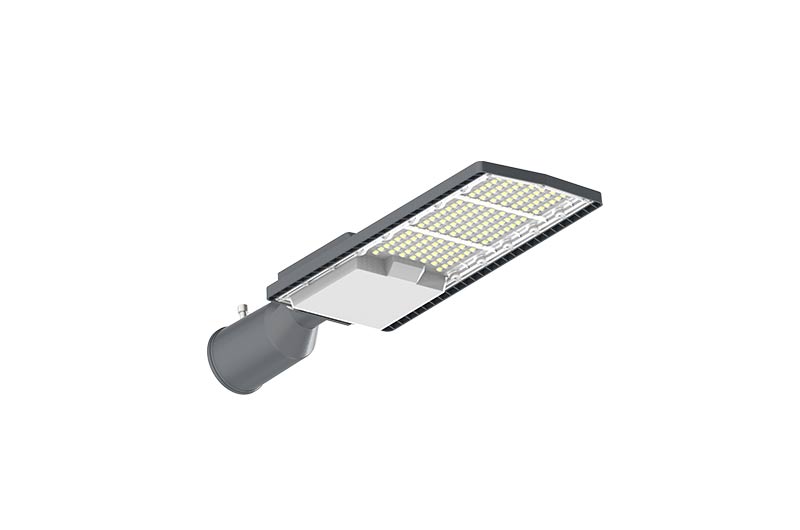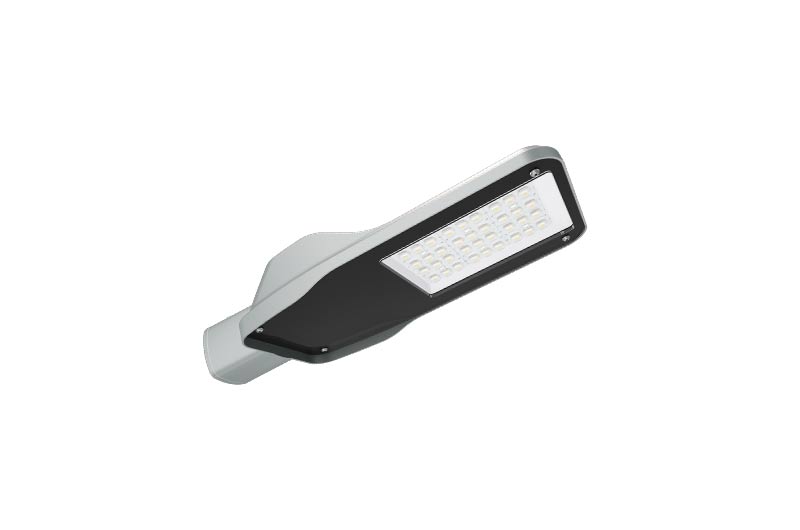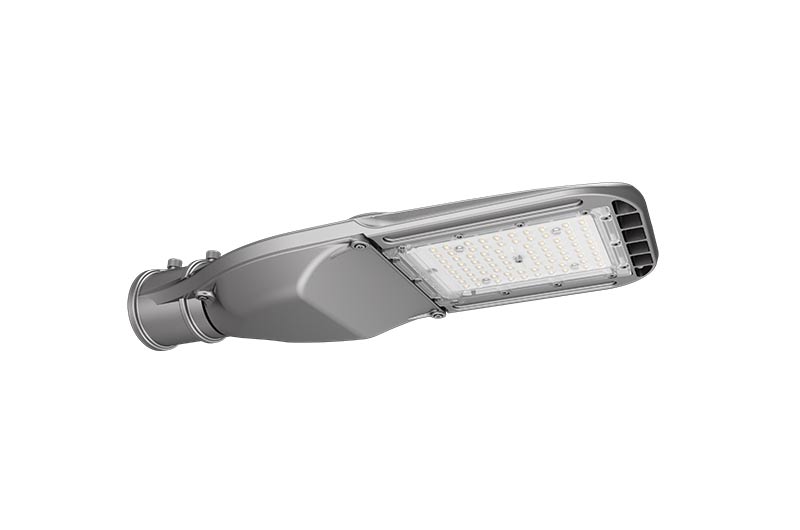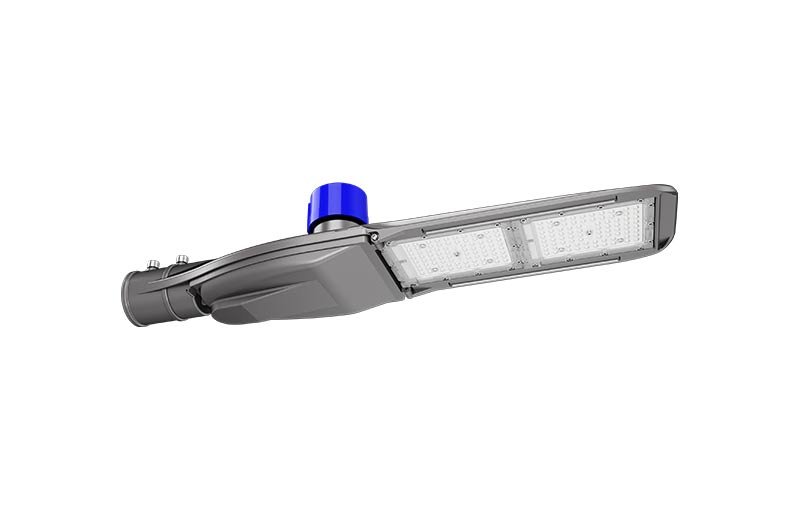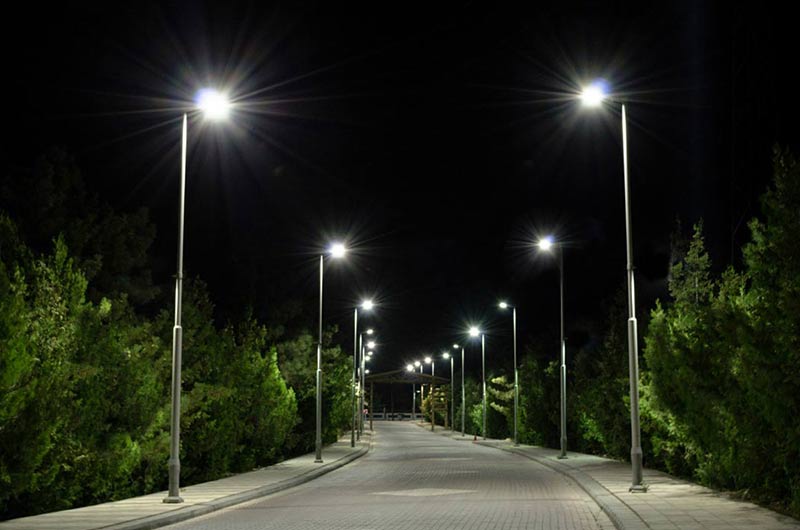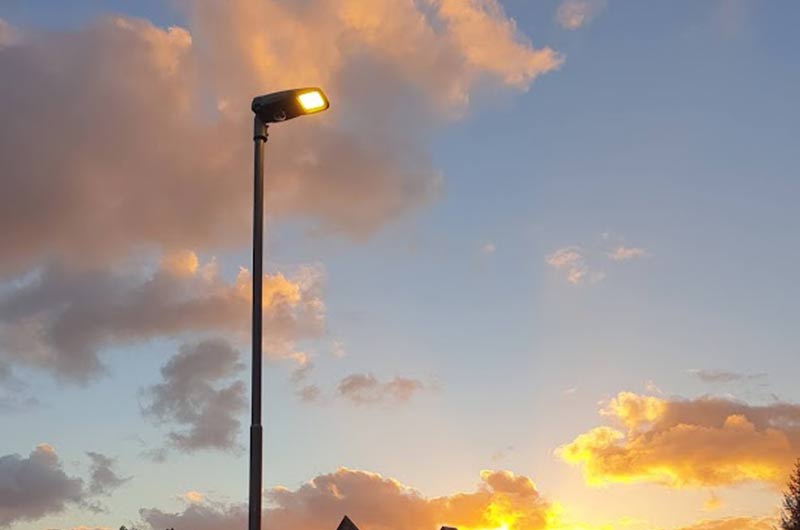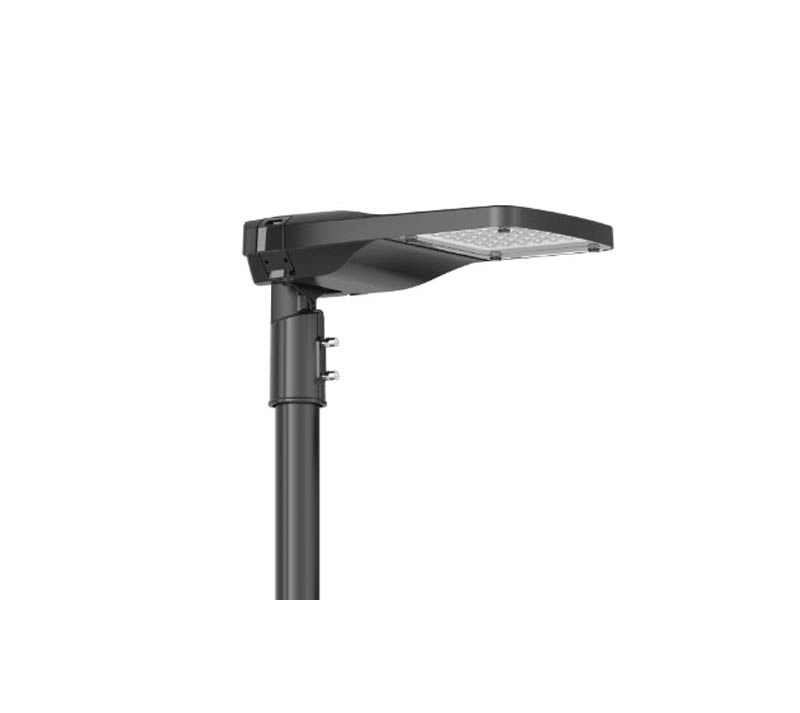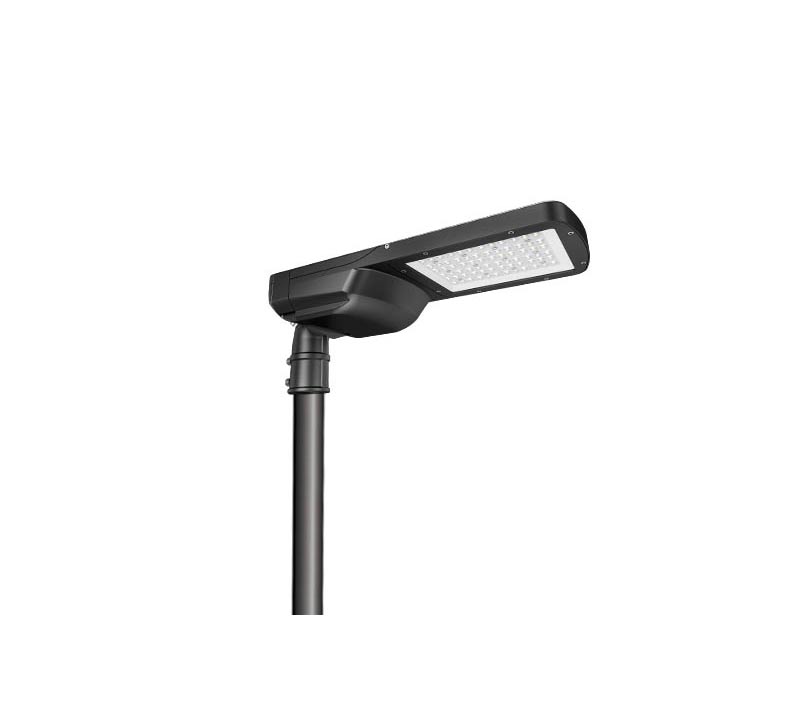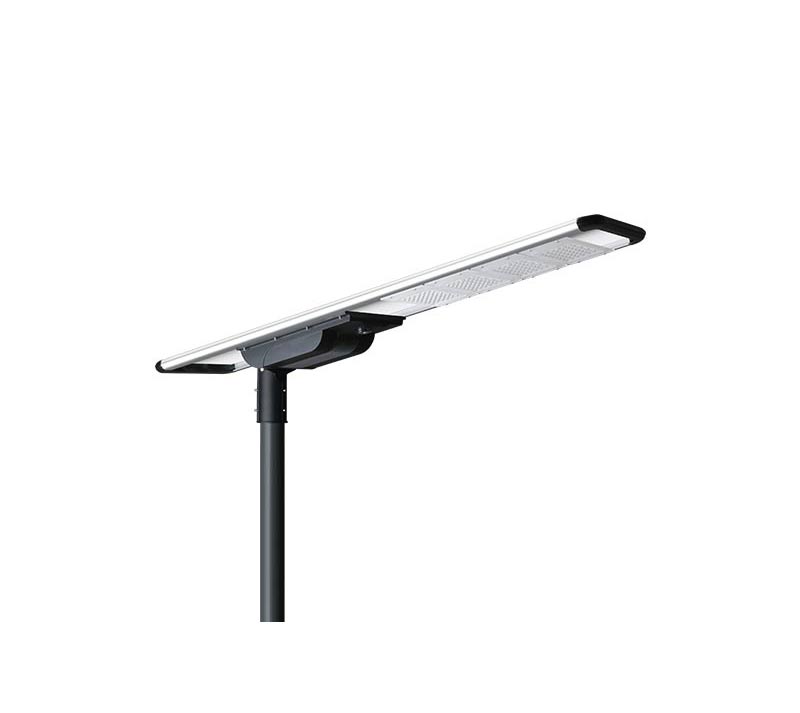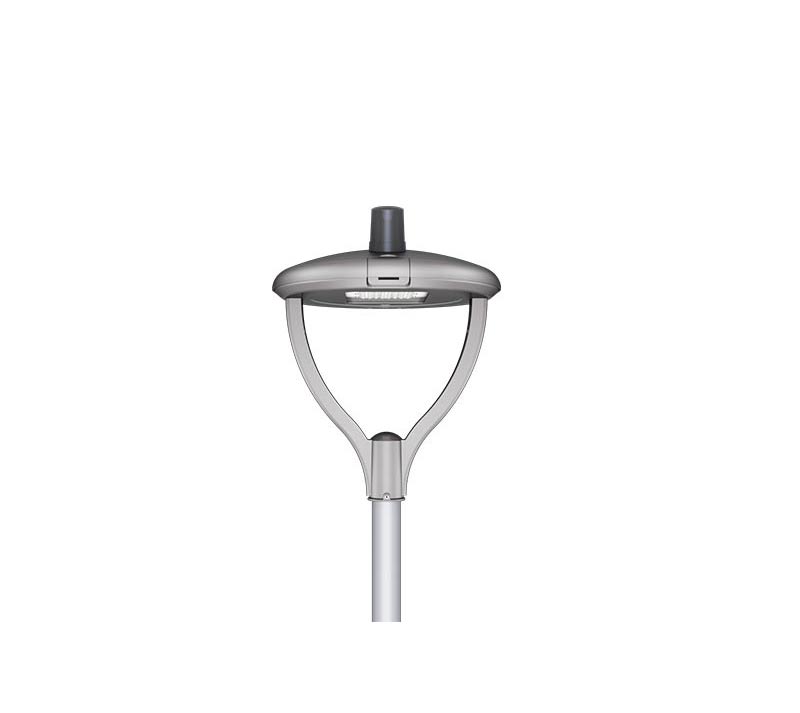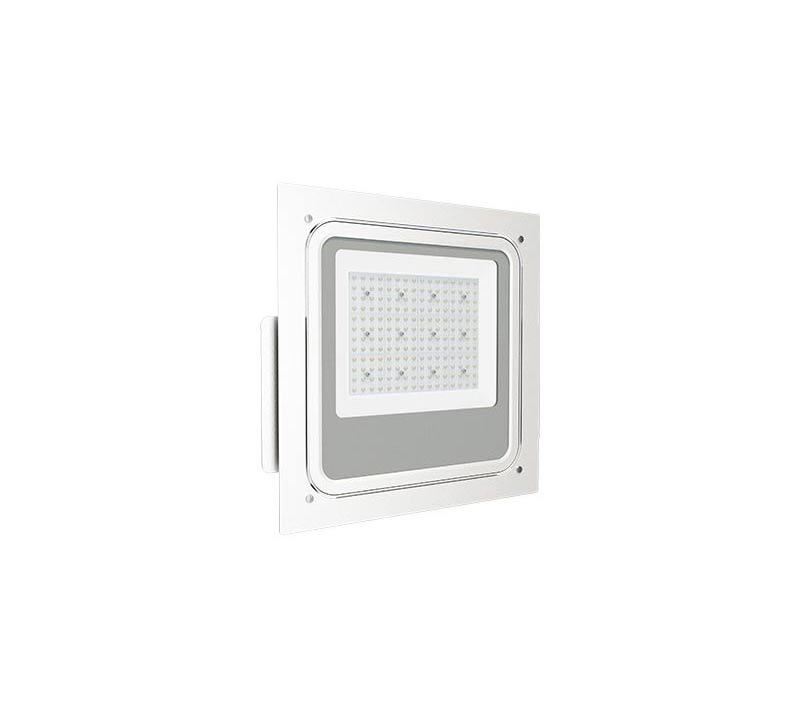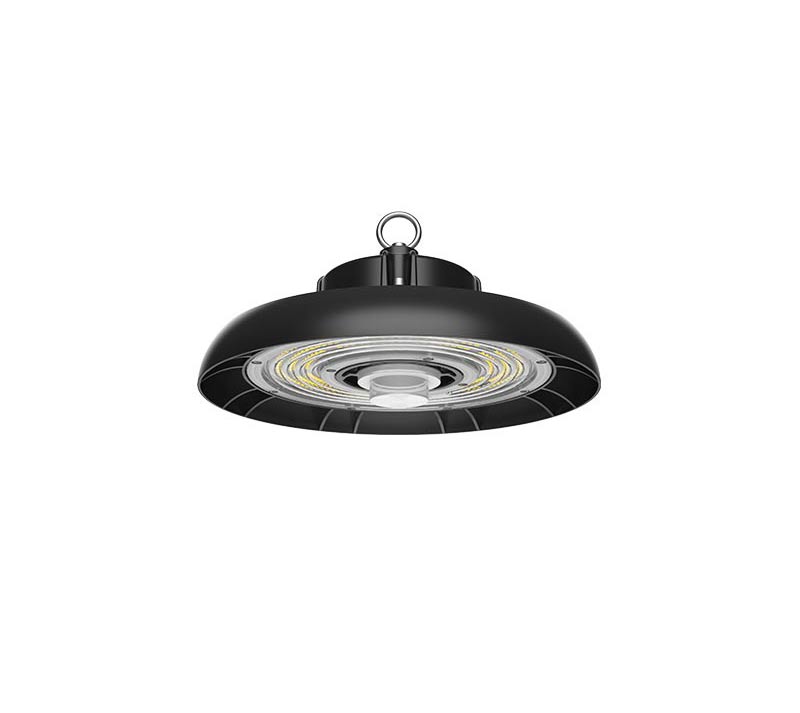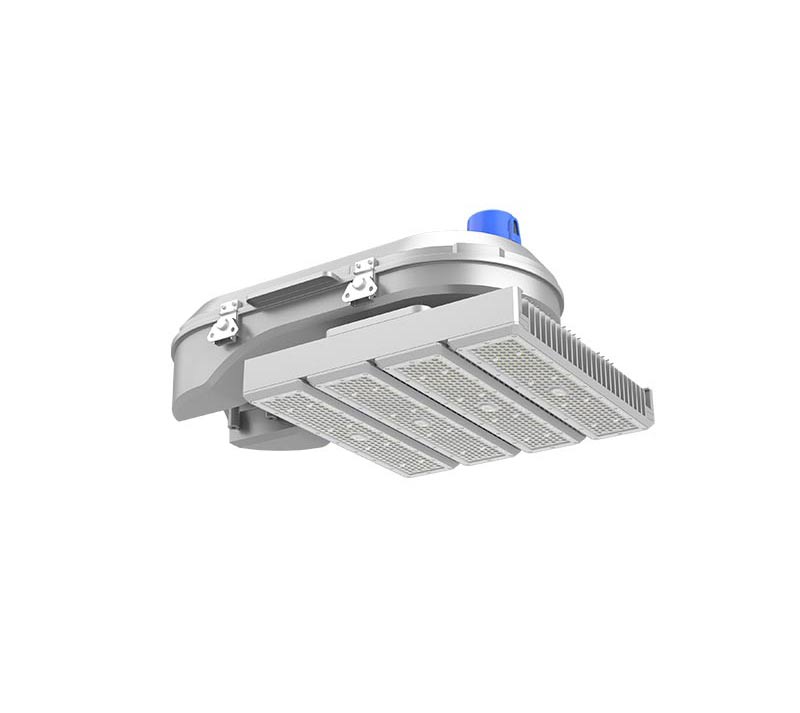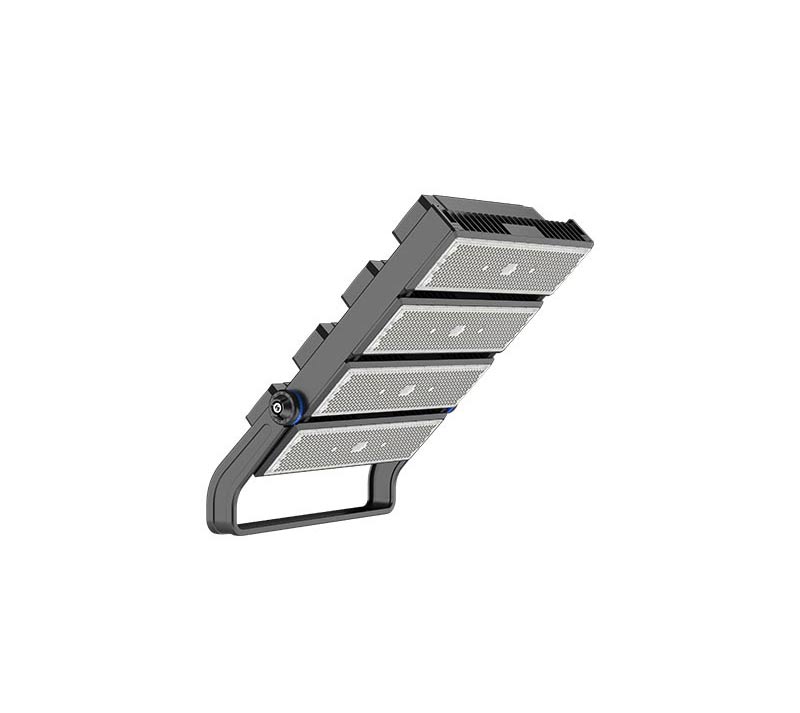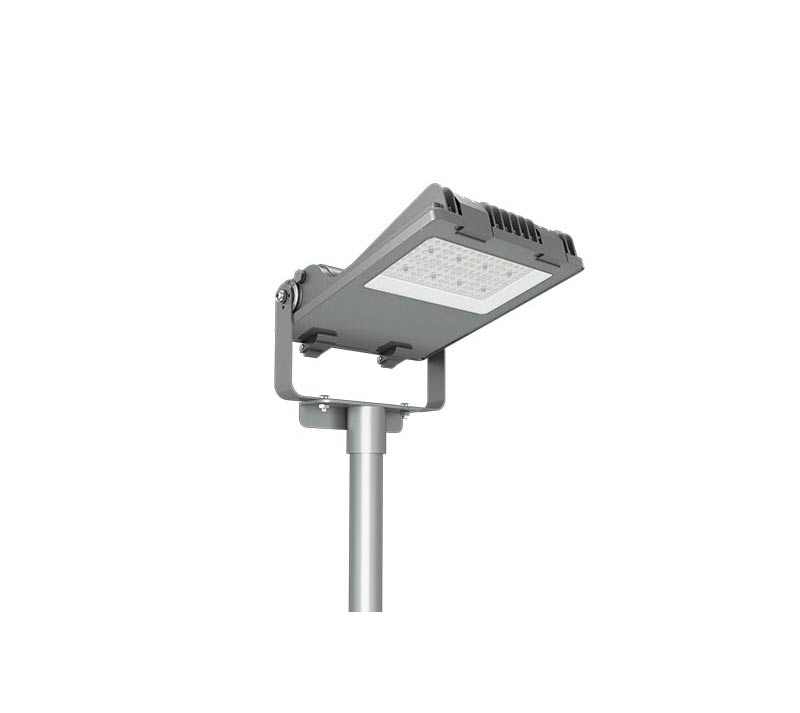Key Facts You Need to Know About Competitively Priced LED Street Lights
By Alice
Published On: January 13, 2024
Table of Contents
- 1. What is a competitively priced LED street light?
- 2. How can LED street lights be competitively priced?
- 3. What are the factors that affect the price of LED street lights?
- 4. Why choose cost-effective LED street lights?
- 5. How to choose a street light with a competitive price?
- 6. What is the typical price of LED street lights?
- 7. Cost-benefit analysis of LED street lights
- 8. What will be the price trend of LED street lights in the future?
- 8. What cost-effective LED street lights does MKLIGHTS have?
In a bustling city, street lighting plays a vital role as an important part of the city’s infrastructure. With the continuous progress of technology, LED street lights have become one of the first choices for street lighting. They not only have long life, high luminous efficacy and good color rendering, but are also environmentally friendly. Nonetheless, price is still a key factor that many urban planners and government departments must take into account when considering the adoption of LED streetlights.
In this article, as a professional with 15 years of experience in the lighting industry, we will delve into the price components of LED street lights and offer suggestions to help purchasers shop for cost-effective LED street light products.
1. What is a competitively priced LED street light?
A competitively priced LED street light refers to a unit that offers good value for money by balancing cost with performance, quality, and features of other LED street lights on the market. It’s not just about being the cheapest option available; rather, it’s about providing the best combination of price and benefits to meet the needs of the consumer or municipality within a reasonable budget.
A competitively priced LED street light doesn’t cut corners on quality or essential features to achieve a lower price; instead, it offers a balance that weighs long-term savings and benefits against initial outlay. It’s a cost-effective solution that meets the required lighting standards and is aligned with the buyer’s economic and environmental goals.
2. How can LED street lights be competitively priced?
Many aspects will affect the cost-effectiveness of LED street lights, I think the most important to achieve cost-effective, the following aspects:
- When designing LED street lights, the structural designer should consider the cost. For example, different IK levels correspond to different thickness of the shell, IK10 requires the thickest shell thickness, so the cost of LED street light designed according to IK10 will be higher. However, for most road tendering projects, only IK08 rating is required. In this case, if you can ensure the strength of the lamps and lanterns while appropriately reducing the thickness of the shell, then the cost can be reduced. As another example, since most LED streetlights are mounted on pole arms, there is no need to support vertically mounted luminaires. In this way, we can not design the adapter that can realize vertical installation, thus making the installation structure of LED street light relatively simple and low cost.
- Some components in LED street lights account for a relatively high proportion of the cost, such as LED chips and LED drivers. The market is full of various brands, such as LED chips, well-known brands including Philips, Osram, Nichia and Cree, etc., their prices are higher. However, in addition to brand awareness, there are other brands with comparable performance but more economical prices, such as Bridgelux, San’an and so on. Similarly, for the LED driver, the world’s leading brands such as Philips, Osram, Tridonic, Meanwell and Inventronics, etc. prices are relatively high, but there are also excellent performance and affordable brands, such as SOSEN, MOSO, DONE and so on. When choosing these components, the most cost-effective components should be selected, so that the manufactured LED street lights will also have a high cost-effective.
3. What are the factors that affect the price of LED street lights?
The factors influencing the price of LED street lights are numerous, and I believe they mainly include the following aspects:
- Material Costs: The costs of LED chips, drivers, housing kits (usually die-cast aluminum bodies), and other electronic components such as surge protectors can affect the final product price.
- Complex Design: A complex design might require more R&D investment and higher-grade materials, which can increase costs. For instance, an LED street light with an adjustable bracket solution will definitely be more expensive than one without adjustability.
- Production Automation: Highly automated production lines can reduce labor costs, but they require a significant initial investment. Additionally, production efficiency and scrap rates also affect costs.
- Economies of Scale: When a product has a high sales volume, the material costs we can obtain will be lower, so mass production usually reduces unit costs and can offer more competitive prices.
- Brand Effect: Well-known brands may charge higher prices due to their reputation and market positioning.
- Technical Specifications: The higher the technical indicators such as luminous efficiency (lumen/watt ratio), color rendering index (CRI), lifespan, and protection ratings (such as IP66, IK10), the higher the price tends to be.
- Quality and Certification: Products that have passed more certifications (such as CE, ENEC, etc.) are usually priced higher because these certifications require additional testing and quality assurance measures.
- Market Competition: The level of competition in the market can also affect prices. A highly competitive market may drive down prices.
- Supply Chain Management: An effective supply chain can reduce material and logistics costs, thereby lowering the final product price.
- Installation and Maintenance: Products that are easier to install and maintain may have a higher initial price, but in the long term, due to reduced maintenance costs, they may be more cost-effective.
4. Why choose cost-effective LED street lights?
When buying LED street lights, price and quality are two key considerations. The two tend to show a degree of antagonism: low-priced products are usually of average quality, while high-quality products tend to be expensive. Therefore, for LED street light manufacturers, the core challenge is how to control costs under the premise of ensuring product quality, so that they can sell their products at more competitive prices, thereby increasing sales and improving profits. Meanwhile, for buyers sourcing LED streetlights, the key is how to optimize and reduce costs without sacrificing product quality.
Overall, both manufacturers and buyers should be committed to pursuing cost-effective products. This not only means that the price is reasonable, but also that the product provides additional value while meeting quality standards. Choosing cost-effective LED street lights can bring long-term economic benefits to purchasers, while also helping manufacturers stand out in a competitive market.
5. How to choose a street light with a competitive price?
- Understanding the product itself: Emphasize the importance of understanding the components and performance indicators of LED street lights to determine product quality and price. This is very important because understanding the different components and technical specifications is the basis for evaluating the cost-effectiveness of the product.
- Market Distribution: It is mentioned that understanding the market distribution and industrial concentration areas is very crucial to find cost-effective products. This helps to understand which areas are likely to offer better prices and what the general quality is.
- Industry information exchange: It is advocated to learn about the quality of each manufacturer’s products through friends or associates in the industry. This is good advice, as first-hand user feedback and experience sharing is often more reliable than advertising and promotional materials.
- Satisfy project requirements: It was pointed out that cost reduction can be achieved by reducing unimportant factors while satisfying project requirements. Examples were given of the impact of warranty duration and functionality choices on controlling costs. This is an efficient approach as it ensures that products are procured that meet actual needs rather than over-specification.
6. What is the typical price of LED street lights?
The price range of LED street lights can be very wide and is affected by a variety of factors, including power level, light efficiency, materials used, manufacturer brand, additional features (such as smart control systems), and quantity purchased. For example, a small LED street light (e.g., 30 watts) may be relatively inexpensive in terms of price, possibly ranging from a few tens of dollars to over a hundred dollars. For a higher power street light (e.g., 100 watts or higher), the price may range from a hundred dollars to several hundred dollars. In addition, prices will vary depending on the market in the country or region where they are located. In mass-produced and competitive markets, such as China, prices may be lower. However, in other countries, prices may be higher due to import taxes, transportation costs and competition in smaller markets. Due to technological development and large-scale production, the price of LED street lights has decreased over the past few years and will likely continue to decrease over time and as technology advances. However, in order to get the most accurate quote, it is best to contact MKLIGHTS, a specialist supplier of LED street lights, directly as they will be able to provide up-to-date pricing information and possible discounts, especially if purchasing in bulk. It is important to remember that when choosing LED street lights, it is important to consider not only the initial purchase cost, but also the long term running costs, maintenance costs and potential energy savings, which will all affect the total cost of ownership. If you want to learn more about the specifics, you can visit the blog <How Much does Street Light Cost?>
7. Cost-benefit analysis of LED street lights
The cost-benefit analysis of LED street lighting involves assessing the upfront investment and long-term operational costs, as well as the advantages over traditional lighting technologies in terms of performance and durability. Key factors to consider in an LED street light cost-benefit analysis include:
- Initial Investment Costs:
- Purchase price of LED street lights;
- Installation expenses, including the removal of old systems and the installation of new ones;
- Additional costs for smart control systems or other technologies, if applicable.
- Operational Costs:
- Energy Consumption: LED bulbs consume less energy compared to traditional sodium or halogen bulbs, significantly reducing electricity expenses.
- Maintenance Costs: LEDs generally have a longer lifespan, reducing the frequency and costs associated with bulb replacement and repairs.
- Lifespan: The lifespan of LED lights from MKLIGHTS is typically more than 100,000 hours, much higher than traditional lighting fixtures.
- Environmental Impact:
- Energy Saving: The high energy efficiency of LED fixtures helps in reducing greenhouse gas emissions.
- Waste Reduction: Longer lifespans of LEDs mean fewer bulbs are discarded, mitigating waste disposal issues.
- Performance Factors:
- Light Quality: LED street lighting can provide a more uniform and high-quality lighting experience.
- Control Capabilities: LED systems can often be integrated with control systems, offering dimming, timed shutoff, and other features that further conserve energy.
- Risk Considerations:
- Technological Obsolescence Risk: Rapid advancements could soon make current investments in LED technology relatively outdated.
- Product Quality Risk: Opting for lower-cost rather than quality LED products may result in poor performance and more frequent replacements.
When conducting a cost-benefit analysis, economic indicators such as the following are usually calculated:
- Payback Period: The time it takes for savings in energy and maintenance costs to recoup the investment cost.
- Net Present Value (NPV): The net value of all cash inflows and outflows, considering the time value of money.
- Internal Rate of Return (IRR): The average annual rate of return on the investment.
- Total Cost of Ownership (TCO): The full lifecycle costs of purchasing, installing, operating, and maintaining the product.
Through these analyses, the long-term economic and environmental benefits of LED street lighting compared to traditional lighting systems can be derived. Although LED street lights have a higher initial cost, their long-term energy savings and low maintenance attributes usually mean they have a lower total cost of ownership, making them a financially viable investment option.
8. What will be the price trend of LED street lights in the future?
MKLIGHTS, as a professional LED street light supplier in the LED industry for more than 15 years, has witnessed LED street lights from expensive to close to the price of traditional lamps today. This price drop, I think the biggest key is LED lamp beads and LED driver price drop driven.
LED technology continues to progress, efficiency and light output are improving, and production costs are usually reduced as the technology matures and scales production, so it can be expected over time, that the cost of individual LED lamps and lanterns may continue to decline.
Secondly, the technical innovation of LED drivers has brought about a significant drop in cost. For example, Meawell Drivers, from the initial HLG series of high-end LED Driver to the current XLG series of economic models of power supply, power supply costs have dropped significantly, this situation is not only in the Meawell Driver but also in other brands of power supply, such as Philips drivers, Inventronics drivers and so on. In addition, with the development of technology, DOB, or non-isolated power supply maturity, I believe that shortly, the cost of LED drivers will continue to decline.
In addition, the current LED chips and Light housing is mainly use aluminum alloy, high cost, if there is a lower cost of materials in the future, it will subvert the whole industry, resulting in the shell cost in the LED lamps and lanterns cost in the proportion of more decline.
In summary, although the specific price trend is difficult to accurately predict, generally expected with the progress of technology and market expansion, the price of LED lighting products will continue to rationalize and reduce.
8. What cost-effective LED street lights does MKLIGHTS have?
MKLIGHTS, as a leading supplier of LED street lights, has always been dedicated to the research and development of cost-effective LED lighting solutions. LED street lights are at the forefront of their offerings. MKLIGHTS provides a variety of LED street lights that differ in functionality, installation methods, and warranties, catering to most of the requirements found in road lighting tenders. The most cost-effective models primarily include the following:
Author

Alice
Lighting Specialist
As a sales engineer at MK Lighting, I have been in the LED lights industry for more than 13 years. Good at lighting design, light system configuration, and bidding technology support. Feel free to contact us. I’m happy to provide you with the best service and products.
Related Products
How Can We Help You?

